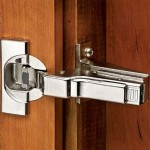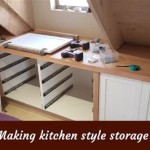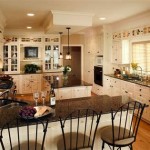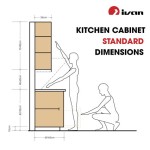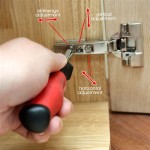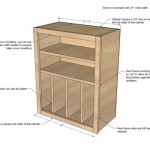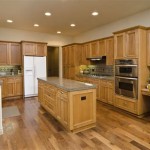Kitchen Cabinet Adhesive Paper: Transform Your Cabinets Without the Hassle
Kitchen cabinets are often the focal point of any kitchen. Whether they're outdated or simply in need of a refresh, adhesive paper is an easy and cost-effective way to give your cabinets a whole new look.
But before you start slapping on the paper, there are a few things you need to know about choosing and applying kitchen cabinet adhesive paper. Here's everything you need to consider:
Choosing the Right Adhesive Paper
Not all adhesive paper is created equal. For kitchen cabinets, you'll want to choose a paper that is:
Once you've found the right adhesive paper, it's time to start prepping your cabinets.
Prepping Your Cabinets
Before you apply the adhesive paper, you'll need to clean and prepare your cabinets:
Applying the Adhesive Paper
Now it's time to apply the adhesive paper:
Tips for Success
Here are a few tips for success when applying kitchen cabinet adhesive paper:
By following these tips, you can give your kitchen cabinets a whole new look without the hassle of replacing them.

How To Update Cabinets Using Contact Paper Al Kitchen Makeover Cover Apartment

Diy Contact Paper Kitchen Counters The Interior Diyer

Diy Kitchen Cabinet Makeover L And Stick Contact Paper Cabinets

Contact Paper In The Kitchen 5 Places

Diy Countertop Cabinet With Only Contact Paper

Livelynine Black Wood Contact Paper Kitchen Countertop Cabinet Vinyl Wrap Waterproof Wall Roll Adhesive L And Stick Covering 16x80 Inch Com

Veelike Glossy White Contact Paper For Cabinets 15 7 X118 L And Stick Countertops Self Adhesive Kitchen Wallpaper Removable Waterproof Vinyl On Glitter Bedroom Walls Com

Self Adhesive Wallpaper Waterproof Wood Vinyl Roll Contact Paper Doors Cabinet

Lacheery Marble Contact Paper For Countertops 16 X80 Grey And Gold L Stick Wallpaper Kitchen Cabinets Self Adhesive Shelf Liner Removable Sticker Com
Temporary Contact Paper Kitchen Cabinet Decorations Pink Stripey Socks
Related Posts

